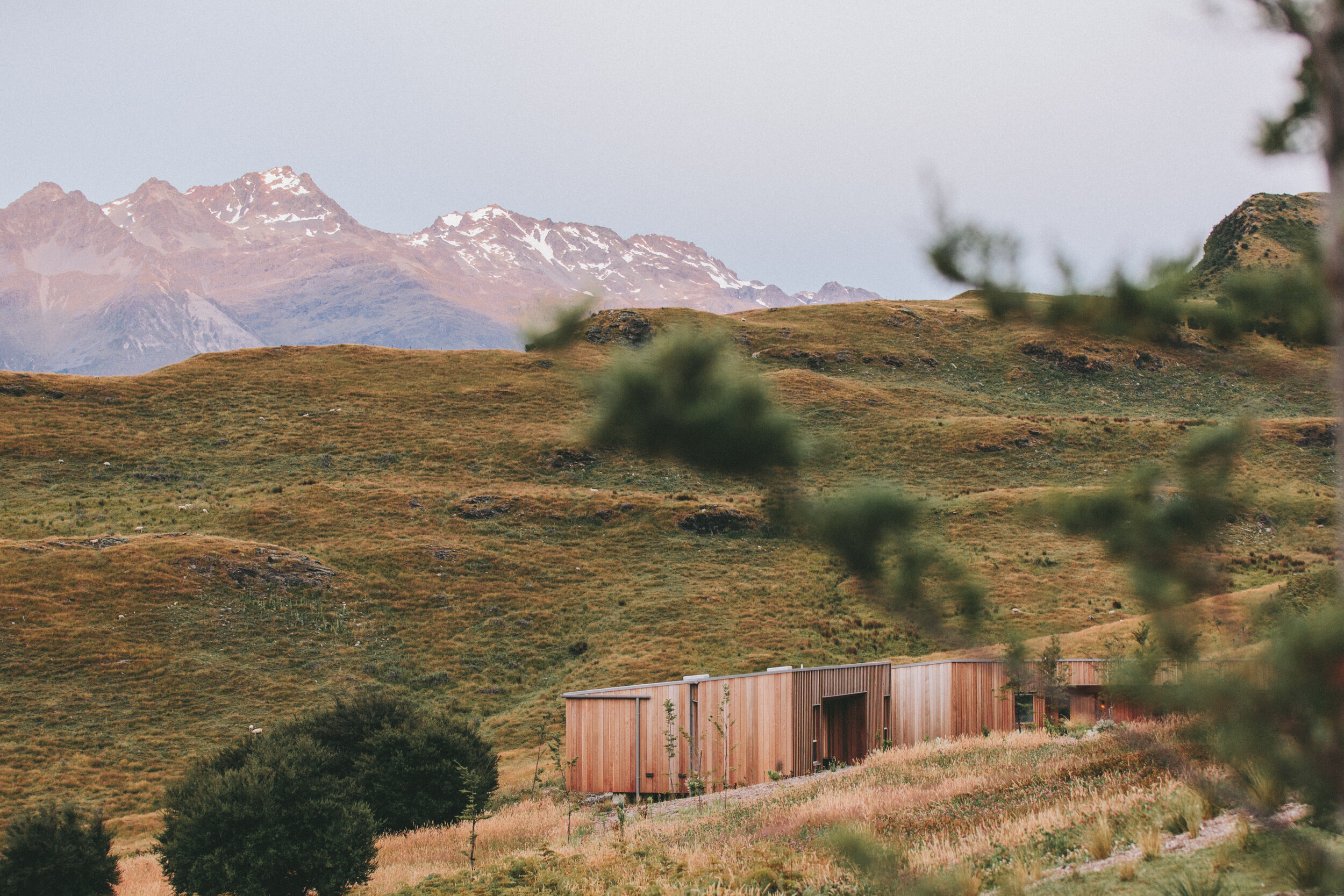
Timbers
I enjoy working with New Zealand native timbers wherever possible. Ethically sourced sounds a bit wanky maybe, but I believe it’s important to work with the richness we have available to us. With steel string guitars and mandolins, our ideas of what an instrument should be are based on factory-built instruments from the early twentieth century, and they were made in a time when timbers were more readily available. But the world is different now, and I would argue that all makers and consumers have responsibility to ensure that our activities are sustainable. As a boutique builder I am free to make choices based on more than just tradition, and to create instruments that are very much of here.
From ancient podocarps like Totara and Kauri in the lowlands to the beech forests of the mountain regions, Aotearoa’s trees are a true taonga or treasure, and rightfully protected. It’s not always easy to get your hands on good timbers, and there’s not a lot of instrument specific information about them. But there are a few builders out there using them very successfully.
I came to woodworking around the time of the Christchurch earthquakes in 2011 and 12, which made large amounts of reclaimed native timber available to anyone with a mind to save it from landfill. I’m more selective with my timber choices now, but I still look to build from materials that carry the resonances of a past life.
The kauri is among the most ancient trees in the world. It has always been a highly regarded and valuable timber, particularly as the tree has no branches for much of its trunk height.
Kauri timber is a light honey colour, with a distinctive silvery speckled lustre. It can be light and stiff, and makes very highly regarded soundboards. But its heartwood is also exceptionally stable, and similar in density and strength to mahogany. The kauri I use is all old growth, and reclaimed from colonial era buildings..
Kauri
Images by Justyn Rebecca
